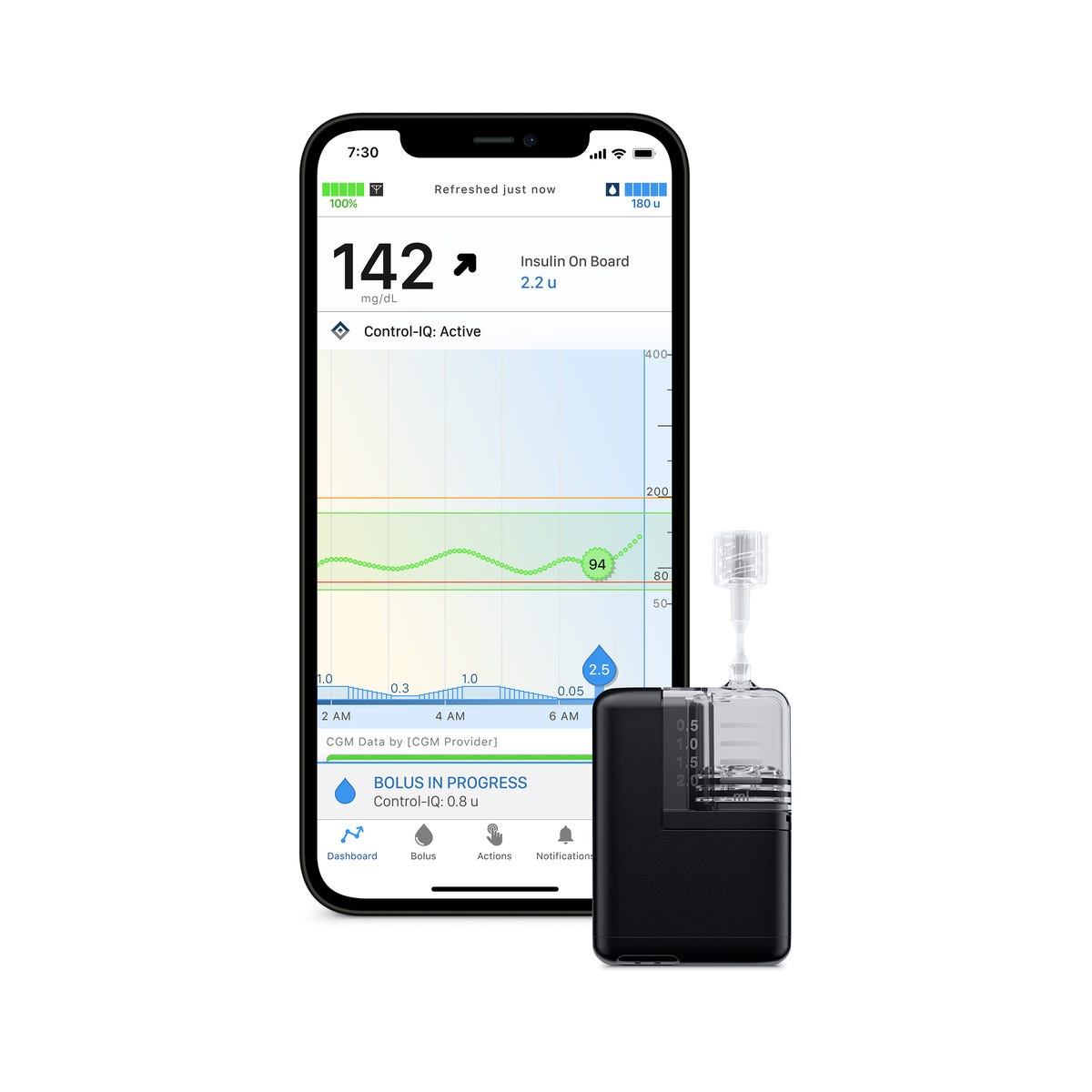Deep in your body, under your skin, are measurable elements of your health that affect your risk of developing some of the most common diseases worldwide. Some of these things, like blood oxygen and sleep quality, can be detected through a traditional wearable or smartwatch. But some of the other useful data people can actually act on to become more healthy has either been restricted to prescription devices or simply hasn’t been available in the US. Think your blood sugar levels.
Improvements in biosensing technology are inching closer to changing the wearable status quo. At CES this year, companies came forward with the latest developments in biosensors, which have been in the works for years but only recently started to shape into something the “average” consumer could benefit from. This includes the one in three US adults in “prediabetes” territory, where blood sugar levels are high but not yet high enough to constitute a Type 2 diabetes diagnosis.
Could biosensors, which dig for and retrieve even more information than what we’re used to, benefit someone in a window of opportunity, where choices made today could turn around or reverse a future health condition? If they’re able to reach more people, possibly.
“People are familiar with wearables, and we see biowearables as the next step in that technology,” said Marc Taub, divisional vice president of technical operations for Abbott’s diabetes care business. The devices can give people “insight into their bodies they never had before,” Taub said during a digital health panel at CES last week.
Read more: Best of Show: Our Most Exciting, Innovative and Impactful Tech Winners of CES 2024
What are biosensors?
Biosensors are a wearable you stick to a part of your body, like your arm, to lift health data using a tiny sensor. Continuous glucose monitors, or CGMs, for people with Type 1 diabetes have been the main product.
Two years ago at CES, Abbott announced a consumer line of biosensors called Lingo. Recently, the glucose-monitoring version launched in the UK, and a rollout in the US is expected to follow sometime this year. Down the line, Lingo will be able to measure things like ketones in the blood. The biowearable pairs with a “coaching” app that’s meant to help users connect the dots between their health data.
A two-week Lingo pack costs 89 euros, which includes one sensor that lasts 14 days. An eight-week pack costs 300 euros.
There are other glucose-monitoring companies that provide insight into blood sugar and general wellness for people without diabetes, like January and Nutrisense, but they require a prescription in the US, which you may get via the company itself.

New technology in diabetes care, like Tandem’s Mobi, gives people who need insulin more options in their health care.
How hydrated are you? (And does a wearable’s ability to tell you matter?)
Also present at CES was Nix, a biosensor marketed toward athletes so they can see how hydrated they are during a workout. While athletes and “biohackers” are seen as some of the early adopters of technology like this, Nix CEO Meridith Cass explained on the biosensor CES panel, they’re really meant for everybody, as hydration is a key component of health that keeps your organs healthy, your mind and digestive system functional, and more.
The Nix biosensor costs $129, which includes four patches.
Will biosensing be useful health tech or a wellness ‘extra’ for those who can afford it?
Even though CGMs and automated insulin delivery systems have been available for a while, their reach has been limited to people with Type 1 diabetes who are either willing to use technology to manage their health and/or those whose insurance can pay for it. While people with Type 1 and Type 2 diabetes who use CGMs have fewer instances of hypoglycemia (low blood sugar) and lower AC1 (average blood sugar level) than those who don’t, cost and insurance coverage remain barriers to actually getting one, according to the American Diabetes Association.
Even if biosensors do one day near the mass appeal that wearables like the Fitbit and Apple Watch have been able to achieve, ease of purchase will be one factor to consider, no matter how promising the wellness waters look through a biosensor. But generally speaking, more insight into metabolic health, and how one factor affects another, can improve people’s wellness and reduce risk of chronic disease before it begins.


